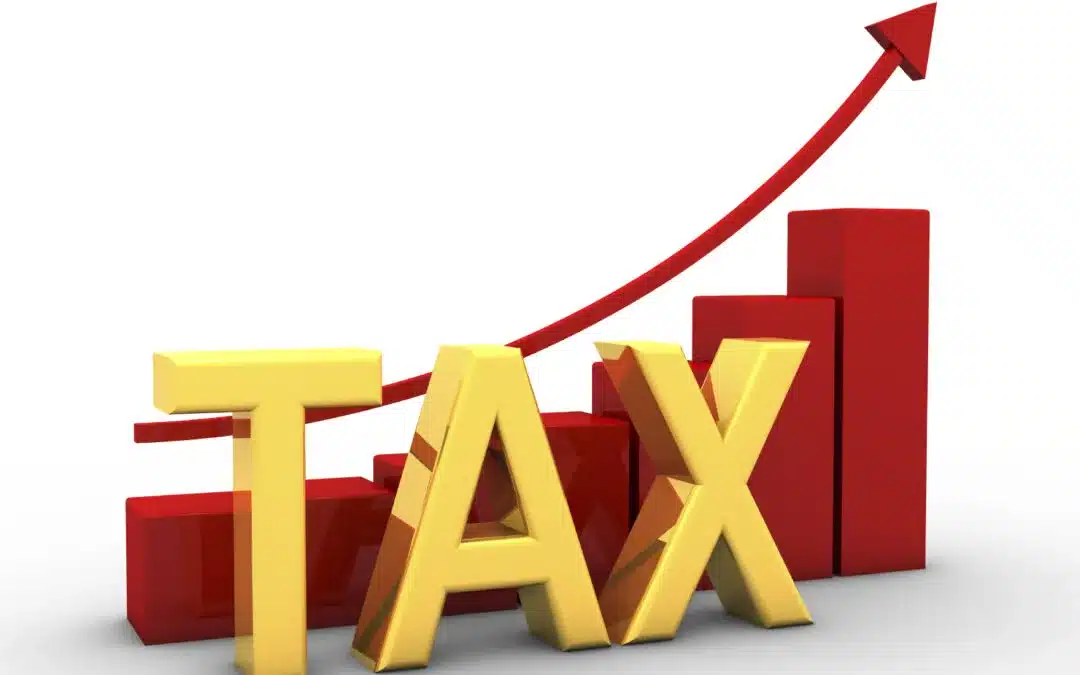About Tax Buoyancy
- Tax buoyancy explains the relationship between the changes in the government’s tax revenue growth and the changes in Gross domestic product (GDP).
- There is a strong connection between the government’s tax revenue earnings and economic growth.
- As the economy achieves faster growth, the tax revenue of the government also goes up. Tax buoyancy explains this relationship.
- It refers to the responsiveness of tax revenue growth to changes in GDP.
- When a tax is buoyant, its revenue increases without increasing the tax rate.
- It depends upon:
- the size of the tax base;
- the friendliness of the tax administration;
- the rationality and simplicity of tax rates;
- Tax buoyancy will be highest for direct taxes. Generally, direct taxes are more sensitive to the GDP growth rate.
What is tax elasticity?
- A similar looking concept is tax elasticity. It refers to changes in tax revenue in response to changes in the tax rate.
- For example, how tax revenue changes if the government reduces corporate income tax from 30 percent to 25 percent indicate tax elasticity.
What is Laffer Curve?
- It is an economic theory pioneered by economist Arthur Laffer.
- Created in 1974, it visually shows the relationship between tax rates and the amount of tax revenue collected by governments.
- It suggests that tax rates above a certain threshold reduce tax revenue since they incentivize people not to work.
- It suggests there is an optimum tax rate which maximises total tax revenue.
Q1) What is Gross domestic product (GDP)?
GDP is the final value of the goods and services produced within the geographic boundaries of a country during a specified period of time, normally a year. GDP growth rate is an important indicator of the economic performance of a country.
Source: Interim Budget: Improved fiscal resilience amid modest tax buoyancy
Last updated on June, 2025
→ UPSC Notification 2025 was released on 22nd January 2025.
→ UPSC Prelims Result 2025 is out now for the CSE held on 25 May 2025.
→ UPSC Prelims Question Paper 2025 and Unofficial Prelims Answer Key 2025 are available now.
→ UPSC Calendar 2026 is released on 15th May, 2025.
→ The UPSC Vacancy 2025 were released 1129, out of which 979 were for UPSC CSE and remaining 150 are for UPSC IFoS.
→ UPSC Mains 2025 will be conducted on 22nd August 2025.
→ UPSC Prelims 2026 will be conducted on 24th May, 2026 & UPSC Mains 2026 will be conducted on 21st August 2026.
→ The UPSC Selection Process is of 3 stages-Prelims, Mains and Interview.
→ UPSC Result 2024 is released with latest UPSC Marksheet 2024. Check Now!
→ UPSC Toppers List 2024 is released now. Shakti Dubey is UPSC AIR 1 2024 Topper.
→ Also check Best IAS Coaching in Delhi
























